What the development philosophy should be for the FY2026 budget
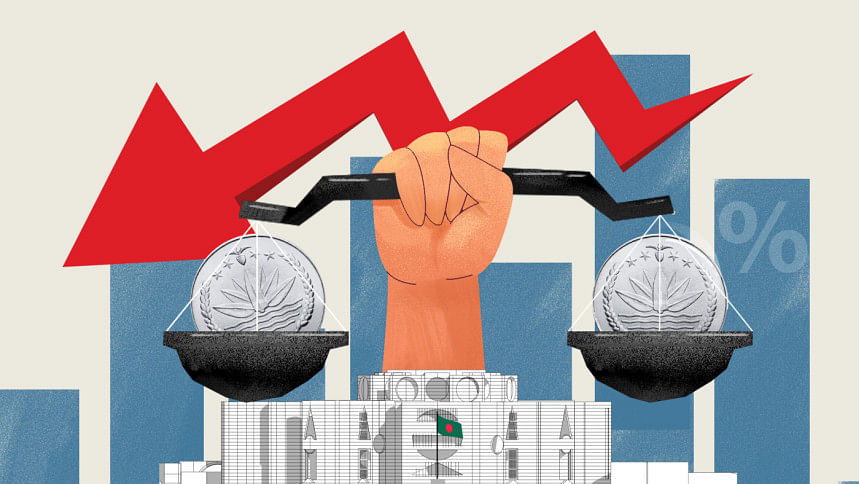
A national budget is commonly perceived as a numerical exercise. The normal questions are: what resources are available in total? How much would be mobilised from different sources? What would be the level of total expenditures? How much would be sectoral allocations? So, the budget looks like an accounting framework. Sometimes, a national budget is also referred to as a balance sheet of revenues and expenditures, between which a balance is maintained, as deemed desirable by the government.
But is a national budget a mere numerical exercise? Is it a simple accounting framework? Firstly, it's not. The allocations and expenditures in a national budget also reflect a government's economic priorities. What are the sources from which most of the revenues would be mobilised? Would they be mostly from direct taxes or indirect taxes, or from non-tax sources? Similarly, which sectors would get the major parts of budget expenditures—physical infrastructures like roads and bridges, or social infrastructures like health and education? Secondly, these priorities are not determined in a vacuum. They are guided by the government's vision, which is formed based on the development philosophy it holds.
The interim government of Bangladesh will present the proposed national budget for FY2025-26 on June 2. The budget is expected to provide a roadmap for the country's future development.
Over the past few months, there have been many discussions on the upcoming budget, the debates revolving around the budget size, probable sectoral allocations, resource constraints, priorities in the budget, and strategies to be followed, among other topics. The discussions mostly focused on the numerical aspects of the budget, as well as its priorities. Much of the analyses were around the new Annual Development Programme (ADP), which was approved recently.
The size of the FY2026 budget is set to be Tk 7.9 lakh crore, about Tk 7,000 crore less than the current fiscal year's original budget. Non-development expenditures are expected to be set at Tk 5.6 lakh crore, up by Tk 28,000 crore from the current budget's allocation. Debt servicing and ballooning subsidies would eat up a significant portion of the new budget. Interest payments are expected to amount to Tk 1.33 lakh crore, which will increase if principal payments are included. The government has allocated Tk 88,000 crore for subsidies. All these mounting costs have left little room for discretionary spending and have created fiscal strains.
As a result, the development expenditures in the FY2026 budget is set to be Tk 2.3 lakh crore, Tk 35,000 crore less than the original budget of FY2024-25. The development budget is the lowest in four years. Allocations to almost all sectors have been cut. About 70 percent of the budget will go to five sectors: transport and communication (25.64 percent), power and energy (14.08 percent), education (12.42 percent), housing and community facilities (9.9 percent), and health (7.89 percent). On the revenue side, the deficit in resource mobilisation may range from Tk 42,500 crore to Tk 54,000 crore.
Third, in terms of content, the objective of the upcoming budget has been stated to be restoration of economic discipline and economic stability. The budget will not be anchored in irresponsible and ad hoc policy actions and resource allocations. This would imply restoring transparency and accountability in public resource mobilisation and public expenditures. Some of the strategies of the budget will be reducing inflation, taking fewer foreign loans, prioritising ongoing projects and not undertaking new projects, and reducing additional costs and stopping corruption and inconsistencies in projects. The government has used a digital budget planning system to categorise budget spending, allowing for more transparent tracking of fund utilisation. This is important, given that Bangladesh performs poorly in budget transparency, ranking 37th among 125 countries in the 2023 Open Budget Survey.
In this context, the question arises: what development philosophy does the FY2025-26 budget uphold? Is it based on a pro-growth development philosophy or a pro-people development philosophy? Some observations are pertinent in this regard.
First, around 40 percent of the development expenditures are devoted to transport and communication and power and energy. These two sectors are critical for boosting production, and thus for enhancing economic growth. Related to this are the allocations to some megaprojects, i.e. the Bhola-Barishal 11-km-long bridge project at the cost of Tk 17,466 crore, the Bay Terminal Marine Infrastructure Development Project at the cost of Tk 13,525 crore, and Kalurghat rail-and-bridge project at the cost of Tk 1,156 crore. The implicit assumption behind these megaprojects may be that they would boost economic growth. Whether they do so or not, undertaking megaprojects basically indicates a leaning towards a pro-growth philosophy.
Second, issues like health and education are basic ingredients for enhancing human development. Yet, the health sector accounts for only about 7.89 percent of the development allocation, while education accounts for 12.42 percent of the development expenditure. Together, these two sectors account for over 20 percent of the development budget, which is lower than the allocation for transport and communication alone (25.64 percent). In fact, the transport and communication budget is double the education budget and triple the health budget. Furthermore, the development expenditure in the health sector has been cut by 13 percent compared to the outgoing budget, and education by nine percent. Efficient and effective implementation requires cuts in expenditures, no doubt, but those cuts cannot be indiscriminate across the board. If the development philosophy of the FY2025-26 budget were pro-people, the expenditures in the human development sectors would have been adequate and protected.
Third, as usual, agriculture has remained a neglected sector in the upcoming budget. The allocation of Tk 10,795 crore to agriculture represents less than five percent of the total development budget. In fact, compared to the outgoing budget, the agriculture allocation has been slashed significantly, by 18 percent. Given the importance of the agricultural sector in the country's economy and society, this can neither be termed as pro-poor nor be identified as pro-people. The same conclusion holds with regard to the allocations to the environment, climate change, and water resources. Together, they received Tk 10,641 crore, less than five percent of the development expenditures.
Given the nature and structure of Bangladesh's economy, its current economic realities, and the aspirations of its people, the philosophical focus of the FY2026 budget should be pro-poor and pro-people. Its preoccupation should not be economic growth alone; rather, it should be human development. Formulating and implementing an annual national budget with those goals can ensure both economic growth and human development in Bangladesh.
Selim Jahan is former director of the Human Development Report Office under the United Nations Development Programme (UNDP) and lead author of the Human Development Report.
Views expressed in this article are the author's own.
Follow The Daily Star Opinion on Facebook for the latest opinions, commentaries and analyses by experts and professionals. To contribute your article or letter to The Daily Star Opinion, see our guidelines for submission.
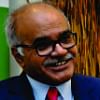
 For all latest news, follow The Daily Star's Google News channel.
For all latest news, follow The Daily Star's Google News channel. 

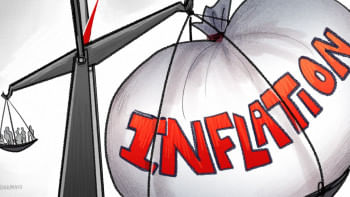
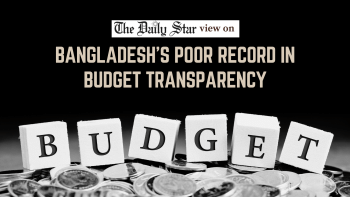


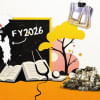





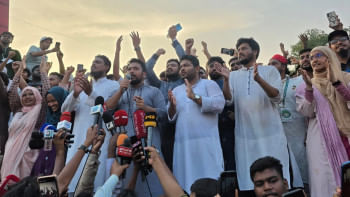
Comments